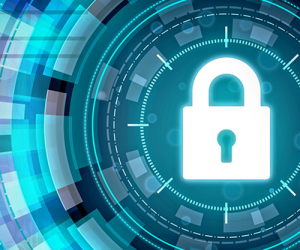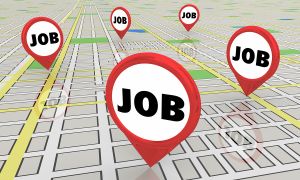 Zero Trust is a logical evolution of security in a world where remote access to networks and applications is more common than being on-site with an organization's data center. From cloud applications to the explosion of remote work, the traditional "castle and moat approach" simply does not scale or protect networks that are constantly being accessed by outside users.
Zero Trust is a logical evolution of security in a world where remote access to networks and applications is more common than being on-site with an organization's data center. From cloud applications to the explosion of remote work, the traditional "castle and moat approach" simply does not scale or protect networks that are constantly being accessed by outside users.
The Executive Order on Improving the Nation's Cybersecurity (Cyber EO) has a strong emphasis on moving government toward a Zero Trust approach for security. It laid out deadlines for agencies to submit plans for implementing Zero Trust architectures, holding organizations accountable for changing how they allow users to access their systems. Continue reading



 As with other networking and professional development events, job fairs are also transitioning back to their in-person form, but not without changes. The beauty of a job fair is the
As with other networking and professional development events, job fairs are also transitioning back to their in-person form, but not without changes. The beauty of a job fair is the  There's no shortage of mandates and guidance related to modernization-PMA, Technology Modernization Fund, FITARA, Cyber EO, CX EO-pushing the government to update how they deliver services online, but what does it really mean, and what is involved?
There's no shortage of mandates and guidance related to modernization-PMA, Technology Modernization Fund, FITARA, Cyber EO, CX EO-pushing the government to update how they deliver services online, but what does it really mean, and what is involved? A
A  I recently had the pleasure of participating in a virtual panel discussion organized by Government Marketing University titled, "
I recently had the pleasure of participating in a virtual panel discussion organized by Government Marketing University titled, "
